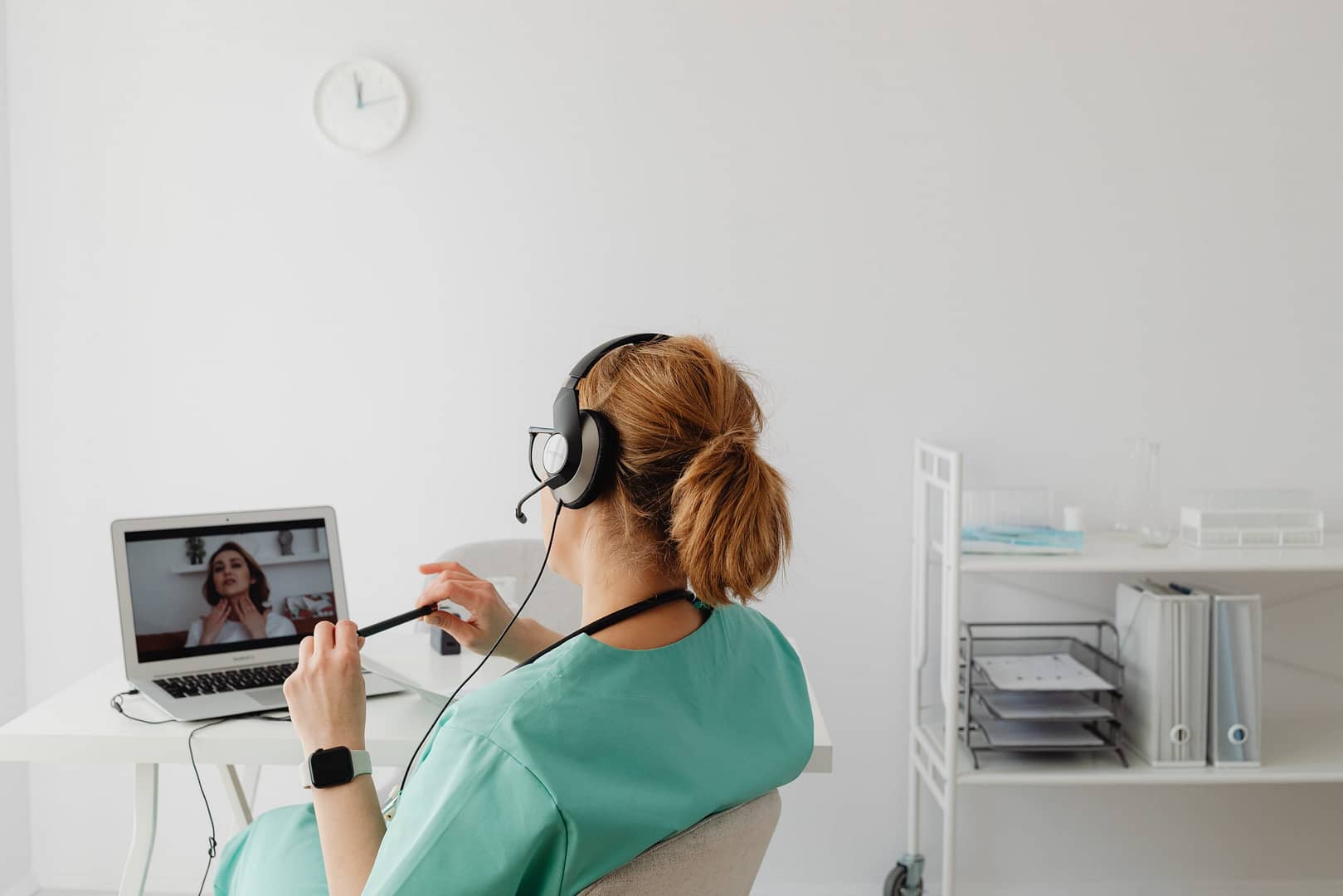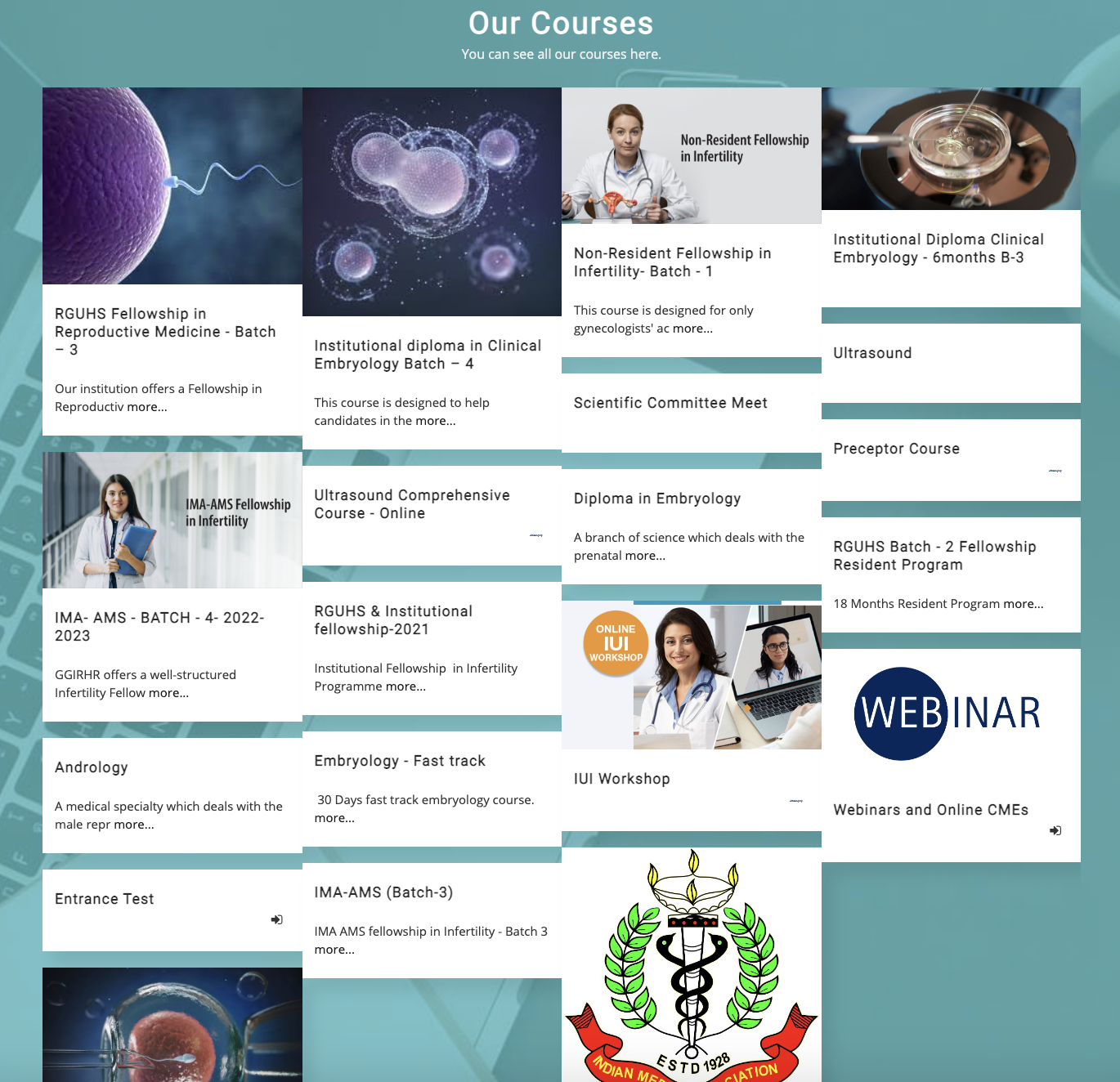How does a hospital train its nurses, doctors and paramedic on a routine basis?

Introduction
In the fast-paced and ever-evolving field of healthcare, the need for continuous training and education is paramount. A hospital’s ability to provide high-quality care depends on the competence and knowledge of its medical professionals, including nurses, doctors, and paramedics. In this case study, we explore the challenges faced by a fictional hospital and the innovative solutions they adopted to ensure that their healthcare team receives ongoing training on a routine basis.
Challenges
- Rapid Advancements in Medical Science: The healthcare industry constantly experiences new advancements, treatment methodologies, and technologies. Staying current with the latest medical knowledge and best practices is an ongoing challenge for healthcare professionals.
- Compliance with Changing Regulations: Hospitals must adhere to a myriad of regulatory standards and requirements, which often change. Ensuring that staff members are aware of and adhere to these regulations is critical.
- Maintaining High-Quality Patient Care: Patient care quality is paramount. Continuous training is essential to ensure healthcare providers consistently offer the best care possible.
- Balancing Work and Training: Healthcare professionals have demanding schedules. Finding time for training without negatively impacting patient care can be challenging.
Solution
- Implementing E-Learning Platforms:
The hospital adopted a user-friendly e-learning platform that provides access to a vast library of medical courses and materials. This platform allows medical professionals to learn at their own pace, making it easier to balance work and training. The content is regularly updated to reflect the latest advancements in healthcare.
- Establishing Regular In-House Workshops:
The hospital scheduled regular in-house workshops and training sessions. These sessions are facilitated by experienced medical professionals or guest speakers. This hands-on approach allows staff to ask questions, engage in practical scenarios, and share their experiences.
- Promoting a Culture of Learning:
The hospital leadership encouraged a culture of continuous learning by emphasizing its importance and creating incentives for staff who pursue further education. The hospital also recognizes and rewards those who excel in their training and contribute to the organization’s knowledge pool.
- Collaborating with Medical Universities:
The hospital formed partnerships with local medical universities. These partnerships facilitate joint training programs and allow the hospital’s medical professionals to access university resources, including libraries and research materials.
- Utilizing Simulation Labs:
Simulation labs were established within the hospital to provide hands-on training experiences for nurses, doctors, and paramedics. These labs simulate real-life patient scenarios and enable healthcare professionals to practice and refine their skills.
Happy Students
Full-Time Instructors
Learning Paths
Results
By implementing these solutions, the hospital achieved remarkable results:
- Increased Competence: Medical professionals displayed enhanced competence in their respective fields. Regular training and the latest knowledge empowered them to provide better patient care.
- Higher Compliance: The hospital was better equipped to meet changing regulatory requirements. Staff were well-informed about new standards and ensured strict compliance.
- Improved Patient Outcomes: The focus on continuous training led to improved patient outcomes. Patient satisfaction scores increased, and there was a noticeable decrease in medical errors.
- Retention and Attraction of Talent: The hospital became an attractive workplace for medical professionals due to its commitment to ongoing training and career development.
- Enhanced Reputation: The hospital’s dedication to staff training contributed to an enhanced reputation in the healthcare industry, attracting more patients and collaborations.
Conclusion:
In an era of rapidly evolving medical science and stringent regulations, the case study of our fictional hospital illustrates the importance of continuous training for nurses, doctors, and paramedics. By implementing e-learning platforms, in-house workshops, fostering a culture of learning, collaborating with universities, and utilizing simulation labs, this hospital was able to address the challenges they faced and ultimately provide better care to their patients.
In the dynamic and high-stakes environment of healthcare, ongoing training is not just a choice but a necessity. Hospitals and medical institutions that invest in their staff’s professional development reap the rewards of higher competency, improved patient care, and a solid reputation in the healthcare industry.
Sneak Peek

We Helped ‘EduOpen‘ Launch 373 Courses and Enroll 1,21,374 Students on their eLearning Platform!
Download eBook to Find out How.
